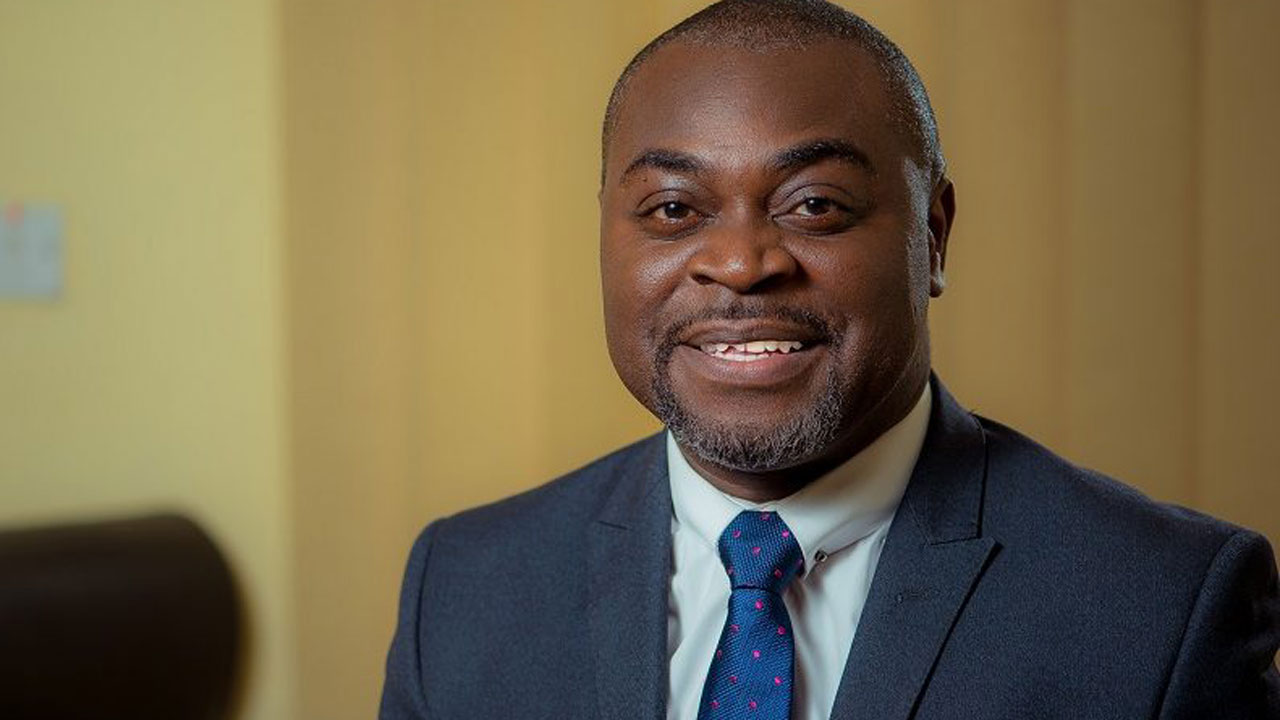
With only 15 per cent of Sustainable Development Goal (SDG) targets on track and 30 per cent of the goals having stalled or gone into reverse, the SDGs are in jeopardy, this is according to the International Telecommunications Union (ITU).
ITU noted that the globe is now risk hurtling towards a future marked by intractable inequalities, cascading crises, and planetary breakdown.
Secretary-General, International Telecommunication Union (ITU), Doreen Bogdan-Martin, in the article, titled: “Harnessing digital to rescue the SDGs,” noted that in addition to this challenge is the fact that the world is witnessing tectonic shifts in technology driven by artificial intelligence (AI), saying that humanity’s very existence seems to be on the line.
According to her, to get the SDGs back on track in the little time left, there is a need to double down on digital technologies. Bogdan-Martin said the world couldn’t afford to leave anyone behind, including the 2.7 billion people, who have never used the Internet.
With September 17 designated as SDG Digital Day, she said statistical information powered by digital infrastructure offers the floodlight needed to pinpoint gaps and get the full picture of our progress and pitfalls on all 17 SDGs.
She said SDG Digital Day will take place in New York on the eve of the 2023 SDG Summit – the High-level Political Forum on Sustainable Development under the auspices of the UN General Assembly.
“It is the ideal moment to showcase scalable use cases of how digital technologies can advance each SDG. Participants will come away inspired by country-level success stories, from satellite-powered climate monitoring to life-changing mobile money applications to groundbreaking school connectivity solutions.
“It will also offer SDG stakeholders a unique chance to consolidate financing and create bold new partnerships through the ITU-led Partner2Connect Digital Coalition, which has so far mobilized $30 billion toward meaningful connectivity projects in hard-to-reach communities all over the world,” she stated.
Bogdan-Martin however, noted that this is just a fraction of what is needed to make connectivity universal, with an ITU study and IMF estimates putting the digital infrastructure investment needs at around $400 billion at least.
“That is why we have raised our Partner2Connect ambitions to mobilize pledges valued at $100 billion for meaningful connectivity and sustainable digital transformation by 2026,” she stressed.
According to her, how can the world expect people to leverage technology for healthcare, innovation, education, or employment if they cannot afford a digital device or service, lack the required digital skills, do not find the content useful, or do not feel safe online?
“The challenges before us are too big and expensive for any one stakeholder to tackle alone. The Joint SDG Fund is one of the best tools in our toolbox when it comes to delivering the 2030 Agenda. This interagency mechanism for integrated policy support and strategic financing works with 31 UN entities in 119 country teams and multi-country offices.
“Led by UN Resident Coordinators, the fund aims to leverage each UN agency’s expertise and to enhance joint programs to deliver on the SDGs more efficiently and effectively,” the ITU Secretary-General noted.
According to her, ITU has already lent its technical expertise in standardization, radiocommunication, and digital development to several joint programs aimed at accelerating digital inclusion, tech innovation, and economic resilience.
She said ITU, as the UN agency for digital technologies, provides a trusted, well-established, global platform for all stakeholders to deliver on the SDGs.





